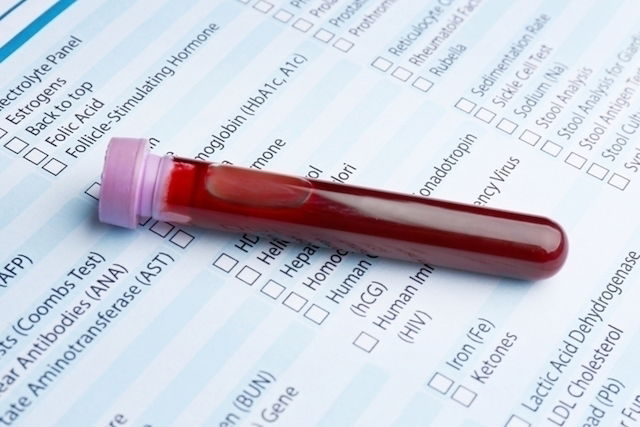Cholesterol is a type of fat that the body needs to work properly. When cholesterol levels are too high, it can increase the chances of heart problems, like heart attack or stroke.
Cholesterol levels vary depending on the type of cholesterol that is checked. For LDL, often called "bad cholesterol," the recommended level depends on a person’s heart risk, which is usually checked by a cardiologist.
To know if high cholesterol is dangerous or not, a person should see a cardiologist or primary care doctor. If test results are abnormal, the doctor will recommend the most suitable treatment.

Reference values
The recommended levels for cholesterol depend on the type:
1. HDL cholesterol
HDL cholesterol, also known as "good cholesterol," helps protect the heart and blood vessels. Levels above 40 mg/dL are considered healthy, and levels above 60 mg/dL are excellent.
When HDL is below 40 mg/dL, it can be a concern, especially if LDL or triglycerides are also high, since this raises the risk of heart disease.
2. LDL cholesterol
High levels of LDL cholesterol, or "bad cholesterol," are linked to a greater risk of heart attack or stroke.
The right LDL level depends on a person’s heart risk, which a doctor decides by looking at health history and lifestyle.
-
In U.S. guidelines, treatment focuses on how much LDL is lowered, not on exact target numbers. High-intensity statins aim to lower LDL by 50% or more, while moderate-intensity statins aim for a 30% to 49% drop.
-
In people with very high-risk heart disease, if LDL stays at 70 mg/dL or higher despite the strongest statin dose, the doctor may add ezetimibe, and if needed, a PCSK9 inhibitor.
These steps underline that lower LDL cholesterol usually means lower heart risk.
Doctors in the U.S. calculate 10-year heart risk with tools like the ASCVD Risk Estimator (Pooled Cohort Equations) and then decide on treatment together with the patient.
3. VLDL cholesterol
VLDL cholesterol carries triglycerides and can also raise heart risk, although it is not as important as LDL cholesterol. The healthy level is below 30 mg/dL.
VLDL is also used to calculate non-HDL cholesterol, which should not be more than 30 mg/dL above the LDL level, based on a person’s heart risk.
4. Total cholesterol
Total cholesterol is based on LDL, HDL, and triglyceride levels. When total cholesterol is high and LDL or triglycerides are also high, the risk of heart disease is greater.
Total cholesterol is considered desirable when below 200 mg/dL.
5. Non-HDL cholesterol
Non-HDL cholesterol is the total of all types of cholesterol seen as “bad,” such as LDL, VLDL, and IDL. This makes it a useful way to check heart risk.
-
In U.S. guidance, the goal for non-HDL cholesterol is usually set at the LDL goal plus 30 mg/dL.
-
For example, if the LDL threshold is 70 mg/dL in very-high-risk heart disease, the non-HDL level should be no higher than 100 mg/dL.
-
If the LDL threshold is 100 mg/dL, the non-HDL level should be no higher than 130 mg/dL.
These examples show how non-HDL cholesterol supports LDL cholesterol in checking heart risk.
Doctors measure overall risk during a consultation, looking at factors such as age, smoking, high blood pressure, diabetes, or kidney disease.






























